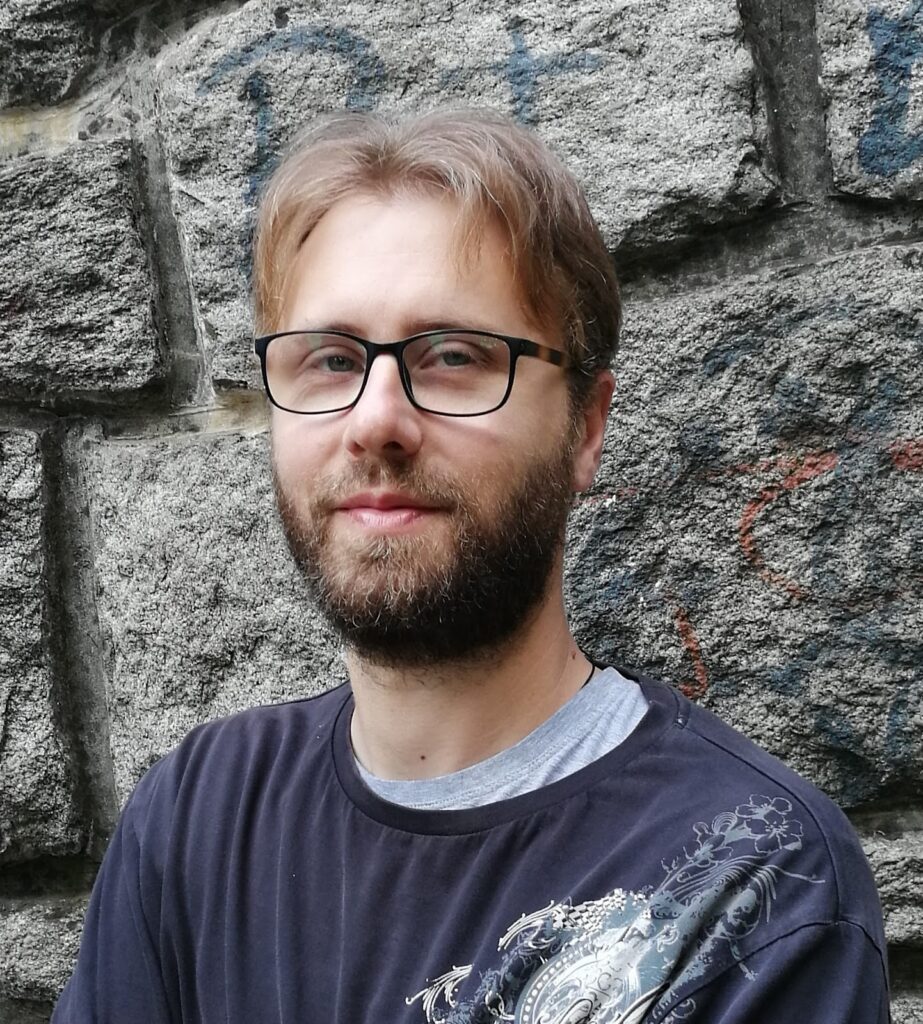Why Small Teams Need a Different Approach

Large companies often have numerous managers, frequent meetings, and complex tools and systems. But for small teams, this setup can slow things down instead of helping.
If you’re on a team with 3 to 10 people, you’re likely handling multiple roles, working with limited resources, and operating in a fast-paced environment. You don’t need more rules; you need simple strategies that help you work faster, collaborate better, and stay on track without constant supervision.
Small teams have unique strengths, but they also face unique challenges. That’s why traditional project management systems don’t always work, and a leaner approach can help you get things done more efficiently.
1. Understanding the Small Team Advantage
Small teams might not have the resources of big companies, but they make up for it with speed, creativity, and focus.
Why Small Teams Succeed:
- Fewer communication layers mean quicker decisions
- Flexible roles reduce delays
- Higher engagement leads to more ownership per member
“In our 6-person product team, execution is the advantage. There’s no waiting on red tape—we build, ship, and learn.”
— Varun Mohan, CEO of Windsurf
According to the ProofHub 2025 Report, 40% of high-performing teams have between 6–10 members. This “small but mighty” setup allows them to adapt quickly, stay aligned, and innovate constantly.
Small teams also create a stronger sense of belonging. Everyone feels more connected to the mission and the outcome of their work, which boosts motivation and productivity.
2. Core Project Management Best Practices for Small Teams
Project management doesn’t have to be formal to be effective. With the right practices, small teams can thrive without needing dedicated managers.
Key Practices:
- Set SMART Goals: Specific, Measurable, Achievable, Relevant, Time-bound goals provide clear direction.
- Limit Work in Progress (WIP): Focus on fewer tasks at a time to prevent burnout.
- Emphasize Shared Ownership: Encourage everyone to lead, own tasks, and support each other.
- Weekly Syncs Over Daily Stand-Ups: Shorter, weekly check-ins reduce meeting fatigue and keep focus sharp.
- Transparent Task Tracking: Use tools where everyone can see what’s being worked on and by whom.
Teams with clearly defined goals are 2.5 times more likely to meet deadlines, according to the PMI 2024 Report.
Clear goals reduce confusion and stop teams from chasing the wrong tasks. When everyone knows what “done” looks like, productivity increases.
3. Implementing Agile and Lean for Small Teams
Agile isn’t just for development teams. When tailored, it becomes a powerful tool for any small team.
Why Agile Works:
- Encourages rapid iteration
- Supports cross-functional collaboration
- Embraces change and customer feedback
Actionable Tips:
- Use 2-Week Sprints: Build and reflect quickly.
- Deliver MVPs: Create small, testable versions of your product.
- Run Retrospectives Every Sprint: Continuously improve your process.
Apply Lean Principles: Focus on maximizing value and minimizing waste.

Agile lets teams stay flexible when things change, which happens often in early-stage companies. Retrospectives also allow team members to speak up about what’s not working, which helps avoid long-term issues.
4. Task Prioritization & Resource Allocation Without Bureaucracy
Small teams can’t afford to waste time on unclear priorities. Keep it lean and focused.
Prioritization Frameworks:
- Eisenhower Matrix: Distinguish between urgent and important tasks.
- MoSCoW Method: Categorize tasks as Must have, Should have, Could have, or Won’t have.
Resource Allocation:
- Focus on building MVPs, not perfect solutions.
- Use shared planning boards for visibility.
- Rotate planning roles so everyone contributes to the strategy.
Clear priorities make it easier to say no to distractions and keep moving forward. When everyone sees the “why” behind each task, it builds trust and team alignment.
💡 Pro Tip: Use task buckets in tools like Siddhify to visualize and rank priorities effortlessly.
5. Mastering Communication and Collaboration
Miscommunication can hurt productivity. But too many meetings can be just as bad.
Best Practices:
- Go Asynchronous: Use tools like Loom, Notion, or Slack instead of live meetings.
- Fewer Meetings, More Docs: Weekly updates or shared documents can replace endless calls.
- Stick to 1–2 Tools: Avoid fragmentation by choosing one tool for communication and one for task management.
- Create Rituals: Regular retrospectives, sprint reviews, and 15-minute weekly check-ins help maintain rhythm.
Remote teams especially benefit from documented updates that are easy to access at any time. And by using fewer tools, your team spends less time context-switching and more time focused on work.
6. Challenging Conventional Project Management Wisdom

Some traditional project management “truths” don’t apply to small teams. It’s time to rethink them.
Do You Even Need a Project Manager?
- Formal project managers can slow down agile teams.
- Flat teams that rotate leadership increase ownership.
Too Many Tools = Chaos
- Reddit threads are filled with complaints about “tool overload.”
- Sometimes a shared Google Sheet is more effective than expensive platforms.
Rethinking Estimates
- The #NoEstimates movement is gaining traction.
- Small teams benefit from building and testing quickly, without spending time guessing timelines.
Big teams need structure, but small teams thrive on clarity and speed. The best systems are often the ones that are easiest to maintain and evolve.
🔗 Read: #NoEstimates on Wired
7. Best Project Management Tools for Startups & Small Teams
You don’t need enterprise software. You need tools that are simple, visual, and flexible.
What to Look For:
- Simplicity: Easy to onboard new members.
- Visibility: Everyone knows what’s happening.
- Flexibility: Customize workflows without complexity.
Comparison Table: Top 10 Tools for Small Teams
Tool | Core Strength | Pricing |
Siddhify | Life & Work Balance | Starts Free |
ClickUp | Workflow Customization | Free; (Paid from $7/user/month) |
Trello | Visual Task Management | Free / (Paid from $5/user/month) |
Notion | Wiki + Tasks | Free / (Paid from $8/user/month) |
Asana | Task Assignments & Teams | Free / (Paid from $10.99/user/month) |
Basecamp | Remote Team Simplicity | Flat $99/month (unlimited users) |
Todoist | Personal + Team Tasks | Free / (Paid from $4/user/month) |
Monday.com | Visual Workflow Boards | (Paid from $9/user/month; no free plan for teams) |
Jira | Dev-Focused Agile Projects | Free for up to 10 users; (Paid from $7.75/user/month) |
Airtable | Custom Workspaces | Free /(Paid from $20/user/month for Pro plan) |
❓ 8. FAQs: Project Management for Small Teams
Agile and Lean are ideal because they support adaptability, speed, and feedback. Kanban is also a great choice for visual planning.
Focus on shared accountability, goal alignment, and transparent tools for task tracking. Let roles shift as needed based on team strengths.
Simple tools like Siddhify, Trello, and Notion are great for lean teams. Choose one that fits your style of working and communication.
Smaller teams often communicate faster and adapt better, increasing delivery success. But they also need to be extra clear on responsibilities.
Adopt short sprints, focus on MVPs, and hold retrospectives after each cycle. Use simple boards or Kanban views to keep the process visible.
Small Team, Big Wins
You don’t need a huge team or fancy software to manage projects like a pro. With clear goals, lean methods, and flexible collaboration, your small team can achieve big results.
- Set SMART goals
- Limit WIP to avoid burnout
- Prioritize MVPs over perfection
- Use tools that simplify, not complicate
Keep things simple, clear, and consistent. The fewer roadblocks you have, the faster your team can move toward its goals.
Ready to boost your team’s productivity and clarity?
Explore the best practices, adopt lean tools, and start leading your small team to big wins today.
Start by discovering your team’s perfect project flow with our curated tool guides and resources.

About the Author
Predrag is an experienced SEO Content Manager with a strong background in SaaS, technology, software development, and productivity tools. He currently leads content strategy at Productiv.tools, helping brands grow their online presence through data-driven, high-quality content.
